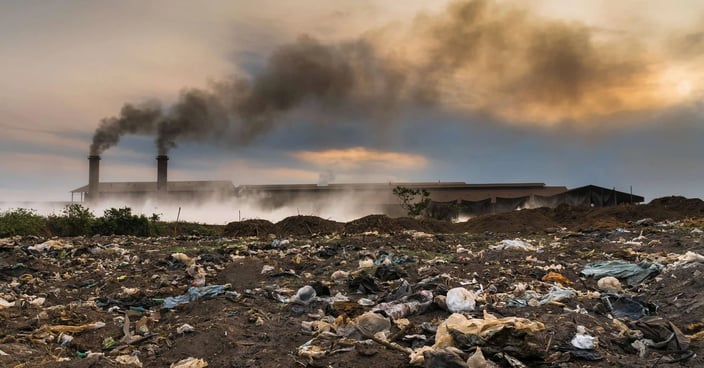Key Take away from UNEP’s Making Peace with Nature Report
The report brings together the latest scientific findings from recent global environmental assessments (IPCC, IPBES, GEO-6, Global Sustainable Development Report, International Resources Panel, and Global Chemicals Outlook) and translates them into practical recommendations, presenting a scientific pathway on how climate change, biodiversity loss, and pollution can be tackled jointly within the framework of the Sustainable Development Goals.
Acknowledged Facts.
The report recognizes that there is an interlinked triple environmental emergency (climate change, biodiversity loss, and pollution) unfolding that needs to be sorted out.
It calls for ambitious and coordinated worldwide action by governments, businesses, and people to prevent and reverse the devastating impacts of environmental decline by rapidly changing existing systems and lifestyle patterns.
It equally sheds light on how climate change, biodiversity loss, and pollution can be tackled jointly within the framework of the Sustainable Development Goals that have been embraced by countries.
Key Messages from the Report
Environmental changes are undermining hard-won development gains by causing economic costs and millions of premature deaths annually.
The well-being of today ‘s youth and future generations depends on an urgent and clear break with current trends of environmental decline.
Earth’s environmental emergencies and human well-being need to be addressed together to achieve sustainability
The economic, financial and productive systems can and should be transformed to lead and power the shift to sustainability
Everyone has a role to play in ensuring that human knowledge, ingenuity, technology and cooperation are redeployed from transforming nature to transforming humankind ‘s relationship with nature.
The report also includes a chapter on nature-based solutions to resolving these challenges. It gives practical recommendations and examples of actions that can be taken by governments, intergovernmental organizations, private sector, finance, science and academia, NGOs and individuals to achieve this transformation, as outlined below under three main areas:
1. Address Earth’s environmental emergencies and human well-being together
a. Build Synergies
b. Take action on Climate change
c. Biodiversity loss and ecosystem degradation
d. Health and well-being
e. Cities and settlements
2. Transform economic and financial systems so they lead and power the shift toward sustainability
a. Accounting for nature
b. Subsidies and markets
c. Investments
3. Transform food, water and energy systems to meet growing human needs in an equitable, resilient and environmentally friendly manner
a. Access
b. Food and water
c. Energy
This report is another reminder on why it is important to embrace an inclusive approach when dealing with environmental emergencies. Earth day 2021 was equally celebrated under the theme “Restore our Earth”. This is a solid push on the urgent need to transform our relationship with nature and build a sustainable future.
For more information, check out the full report: https://wedocs.unep.org/xmlui/bitstream/handle/20.500.11822/34948/MPN.pdf


Without Nature’s help we will not thrive or even survive. For too long, humans have been waging a senseless and suicidal war on nature. The result is three interlinked environmental crises: climate disruption, biodiversity loss and pollution says António Guterres UN Secretary General. This crisis is basically generated by unsustainable production and consumption patterns. The triple environmental emergence of climate change, biodiversity loss and pollution is the basis of UNEP’s blue print report “Making Peace with Nature”.



